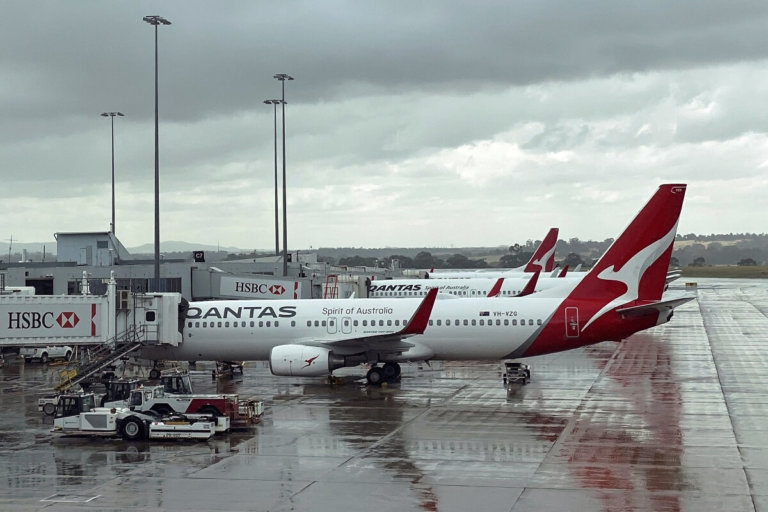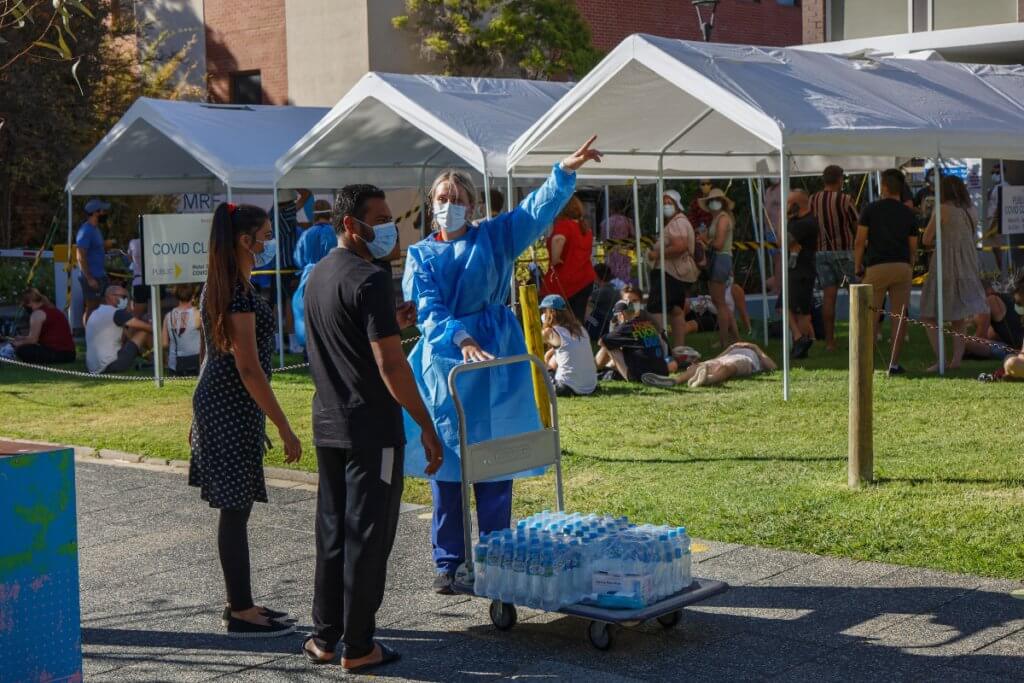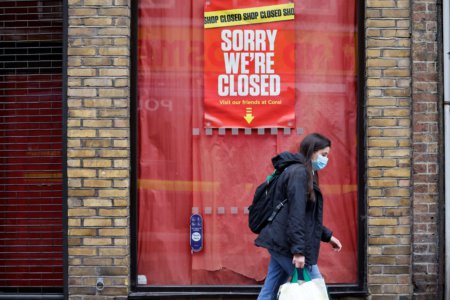
Are you an international student who is currently or planning to study in Australia? Australia will be implementing immigration and visa changes in 2021-22 to support the country’s immediate response to COVID-19, which would affect those looking to live and work in Australia permanently. So, how will this impact international students? Here are some highlights of what students should know:
Highlights of Australia’s immigration and visa changes
Australia has a limited number of places for its migration programme each year, but the country’s Department of Home Affairs confirmed that there are no changes to its skilled streams. In 2021-22, the Migration Program will maintain the 2021-22 Migration Programme cap at a ceiling of 160,000. This includes 79,600 places for the skill stream and 77,300 places for the family stream.
Last month, the federal government announced that it will fast-track visa applications for more occupations on the Priority Migration Skilled Occupation List (PMSOL) to support the country’s post-coronavirus economic recovery. The addition of 22 occupations brings the PMSOL to 41 in total.
“Visa holders, who have been sponsored by an Australian business in a PMSOL occupation will be subject to quarantine arrangements at their own expense,” said the government. “Existing skilled migration occupation lists will remain active and visas will still be processed, but priority will be given to those in occupations on the PMSOL.”
Among the occupations on the PMSOL include:
- Civil Engineer
- Electrical Engineer
- Mechanical Engineer
- Medical Laboratory Scientist
- Veterinarian
- General Practitioner
- Resident Medical Officer
- Psychiatrist
- Midwife

International students working in critical sectors, including aged care and healthcare, may be eligible. Source: Trevor Collens/AFP
International students can work for over 40 hours in certain sectors
Many international students in Australia face financial hardships due to COVID-19. Some students and their families lost their jobs, bolstering the need for options for students to support themselves.
The Morrison government announced that Australian student visa holders can work for more than the usual 40 hours a fortnight if they work in certain sectors. The removal of the working hour cap aims to address the country’s labour shortages. International students working in critical sectors, including aged care, the agriculture sector, as well as the tourism and hospitality sector, are eligible.
Priority on onshore applicants
Melbourne-based migration agent Navjot Kailay told SBS Punjabi that while the department plans to prioritise economic visa cohorts, in terms of applicants, the top priority will be given to those who are currently onshore.
“Onshore applicants will benefit from these announcements in the financial year 2021-22 as the borders are likely to remain closed until at least early 2022. So overall, there isn’t much hope for those who are currently stranded outside Australia,” Kailay was quoted saying.
He added that the government aims to reduce pressure from major cities like Sydney and Melbourne because of population blow-out concerns. “So it’s anticipated that the government will issue more skilled visas to international students who currently live and work in regional and low-populated areas,” said Kailay.

Australia’s immigration and visa changes include a hike in its citizenship application fee that takes effect from July 1, 2021. Source: William West/AFP
Australian citizenship application fees to increase from July 1
Among the immigration and visa changes in 2021-22 include an increase in its citizenship application fees. Immigration Minister Alex Hawke announced on June 24 that there will be changes to citizenship application fees from July 1 “to more accurately reflect the cost of delivering the citizenship programme.” The standard citizenship by conferral application fee will be raised from 285 Australian dollars to A$490.
“This is the first change to citizenship application fees since 2016 and has been determined by citizenship application processes and costs,” he said in a press release. “The new fees are commensurate with the comprehensive approach to end-to-end processing of citizenship applications and reflect inflation costs, staffing costs and the increased complexity of applications, which take longer to process. Based on existing fees, the government is only recovering approximately 50% of the costs of processing citizenship applications.”
Hawke said the cost of citizenship applications remains comparable with other countries. From July 1, 2021, the cost of citizenship by conferral will still be lower than in the UK, the US and Canada.










